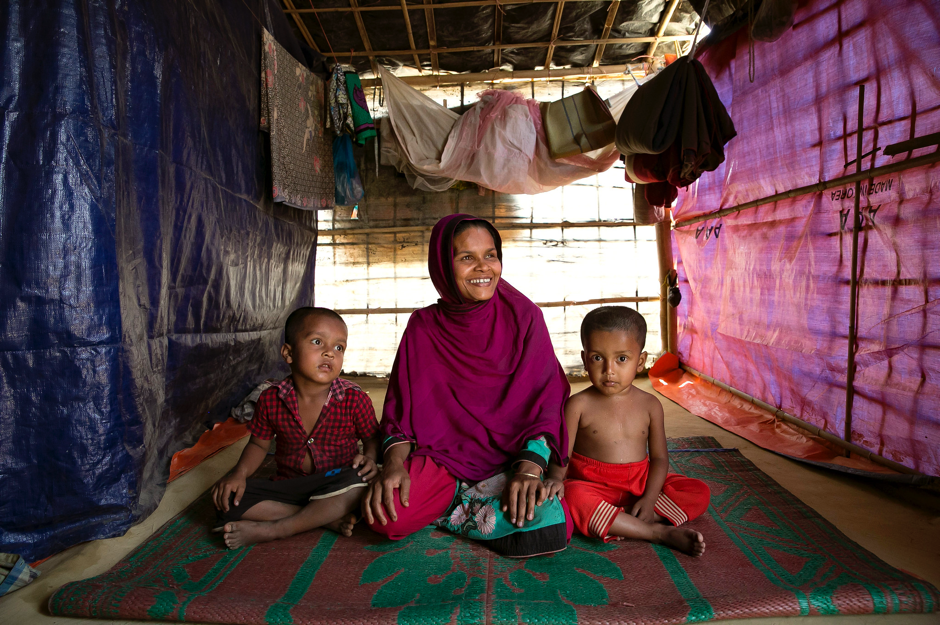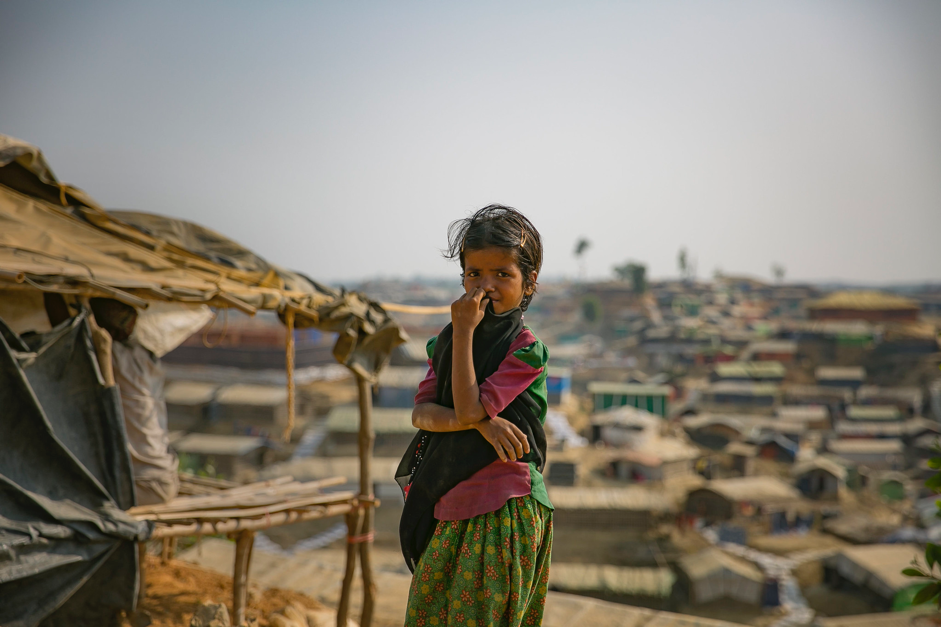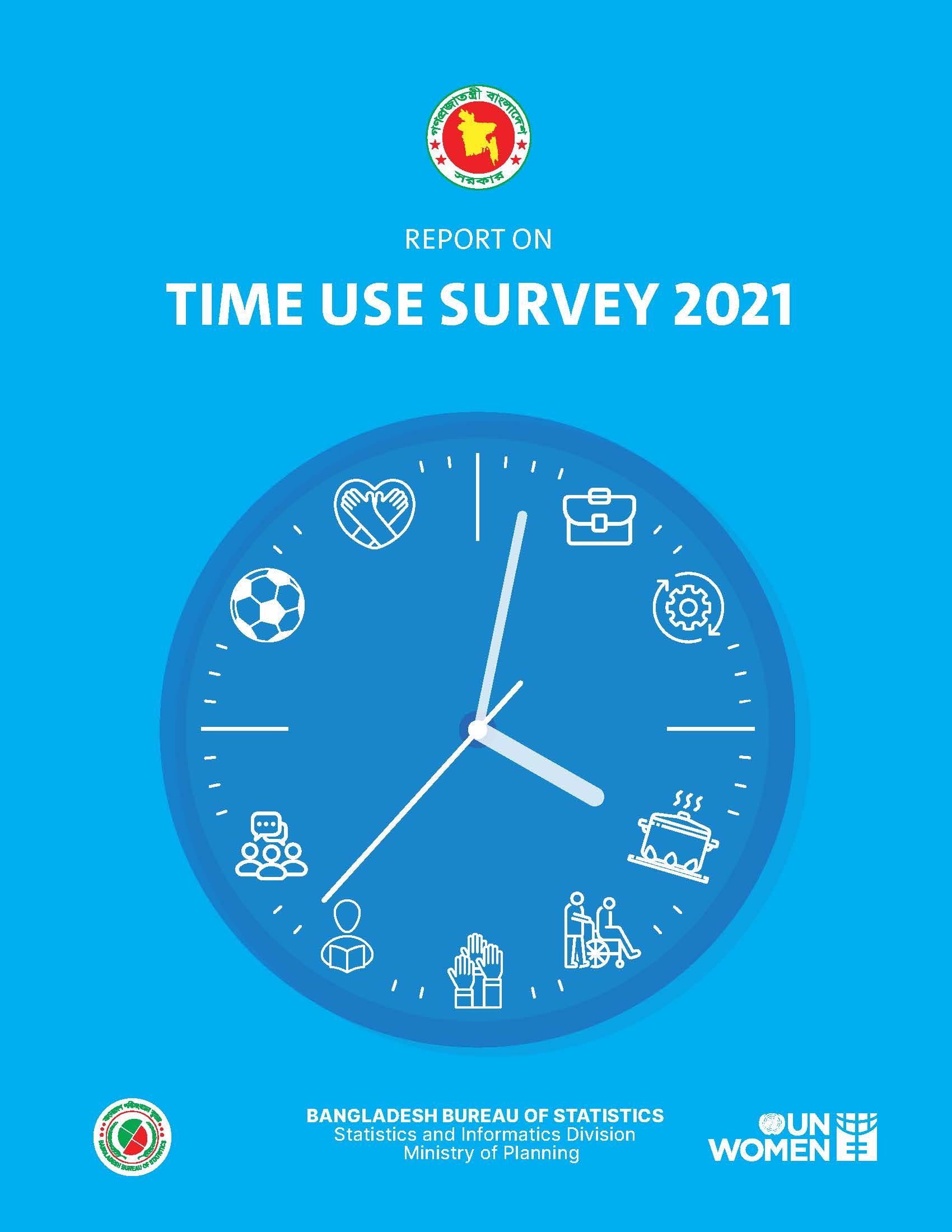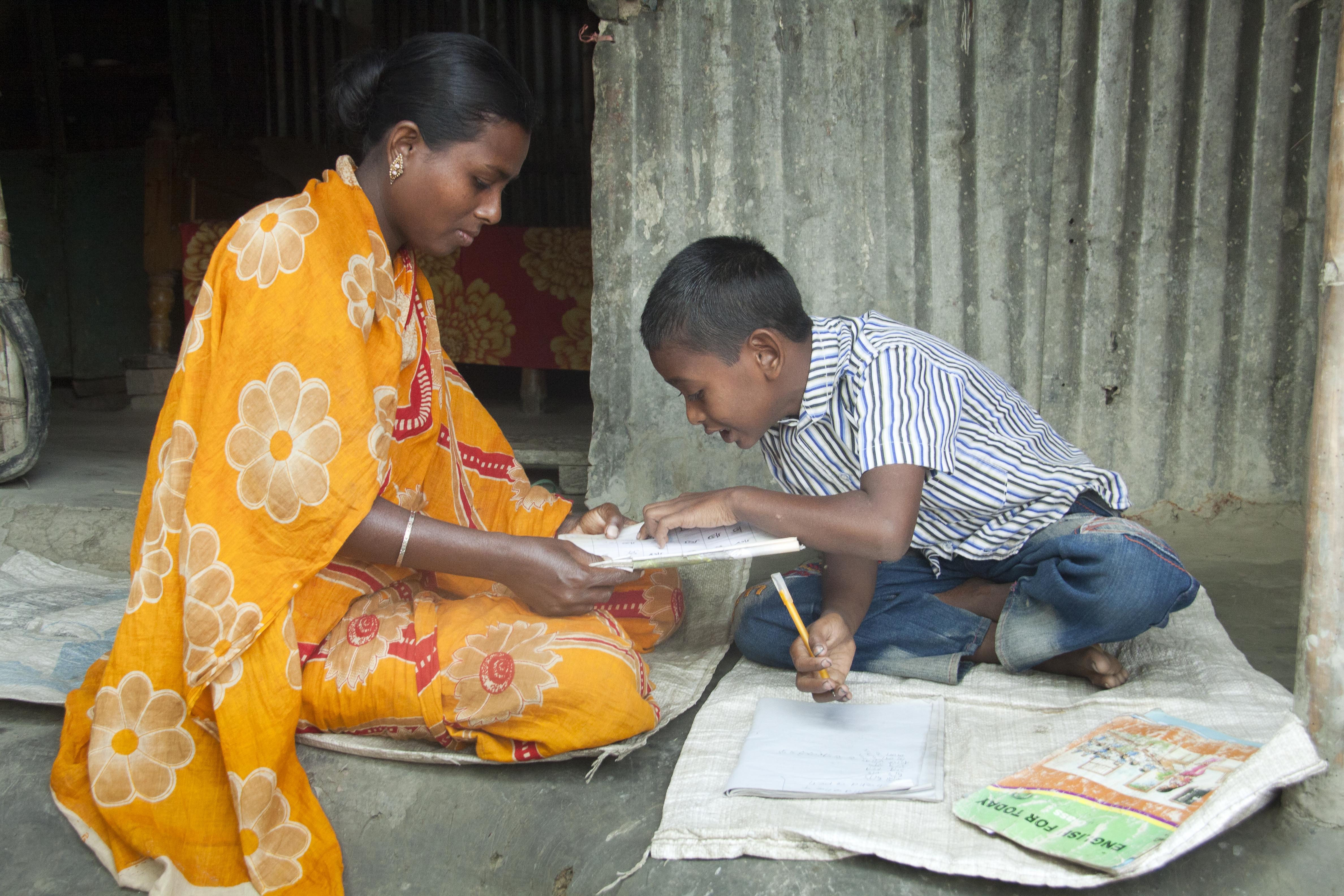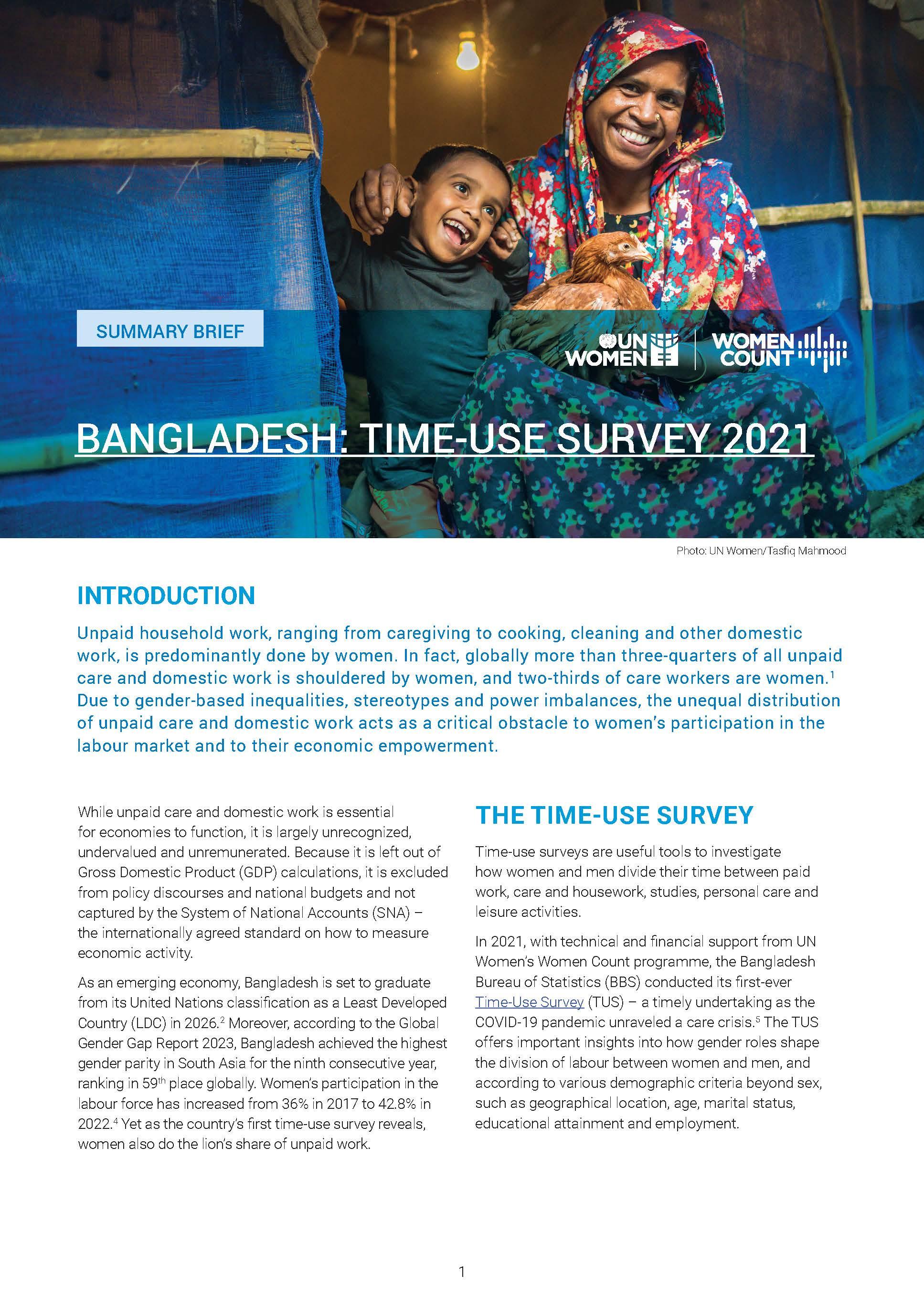
The Problem
In Bangladesh, the availability of gender data and statistics are uneven in several aspects – across sectors and topics, as well as in regularity and timeliness. While there are numerous laws, policies and plans to address gender equality and women’s empowerment, the gender data and statistics needed for monitoring and reporting are not available for many areas, and those statistics that are available are not updated.
The Women Count response includes
Working with intergovernmental bodies to establish processes on gender statistics, the programme will help establish and institutionalize a gender statistics coordination mechanism.
Formulating a Bangladesh Minimum Set of Gender Indicators as the basis for producing gender statistics and indicators that meet various reporting and monitoring requirements on gender equality.
Supporting implementation of action and advocacy plans and strengthening the capacity of the Bangladesh Bureau of Statistics (BBS) to create an appropriate structure for a gender statistics cell.

